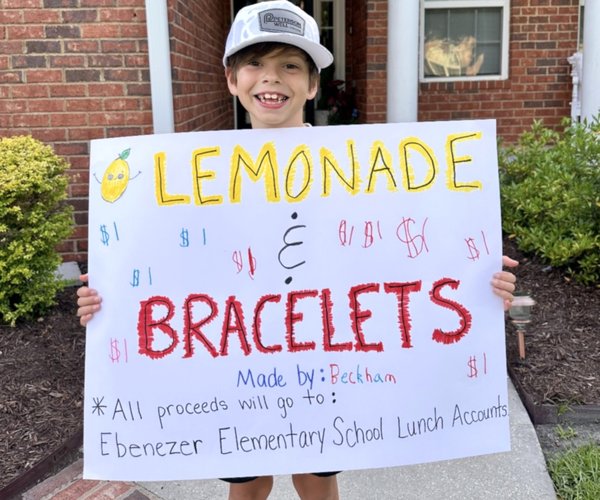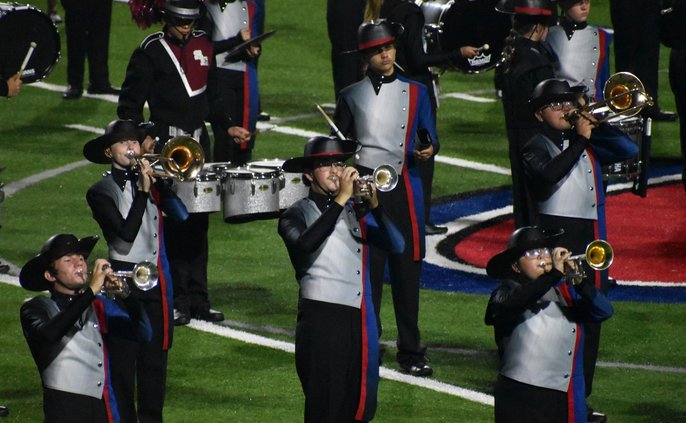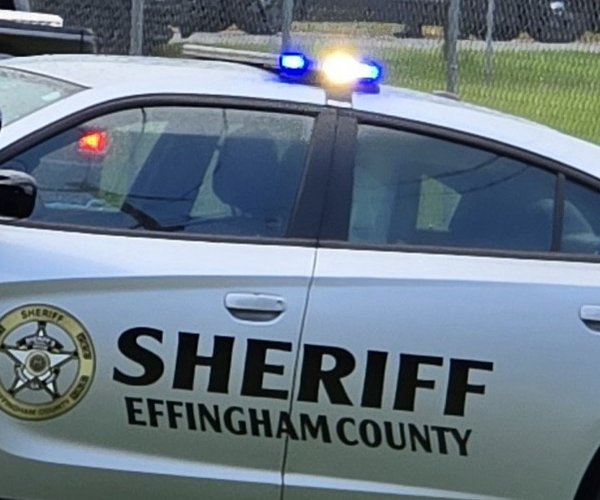From the moment that George Elliott stopped in for a bite at the Dawsonville Pool Room in the mid-1970s and told the joints owner, Gordon Pirkle, that the Elliott family was going to take a run at NASCAR, Pirkle was fully on board.
In the beginning, Gordon was head cheerleader, rallying together everyone to root for hometown folks. Bill, the youngest son, had proven his driving skills at Dixie Speedway near Atlanta and the other Elliotts — George, Ernie and Dan — were hard working, mountain smart and book smart, all having graduated from college. More than that, they had wily minds that could conceive, then produce, engineering feats that baffled Detroits finest.
I knowed that George and them boys would go places,” Gordon said. “I knowed George all his life and he didnt back off. Moonshine was Dawsons first industry. Then came racing. We had Raymond Parks, Lloyd Seay, Roy Hall, Gober Sosebee. Theres no county that has produced more Daytona winners than Dawson. Its in our blood.”
The mountain curves are treacherous. In the early days, the hometown moonshine runners knew those menacing mountains turns so well that they killed their head lights, revved their juiced-up engines, then left the sheriff behind.
Mr. Parks had been so deeply involved in NASCARs early organization — he was there during the official formation at the Streamline Motel in Daytona — that Gordon and Gobers son, David, began a diligent campaign, using every contact they had, to get him into the NASCAR Hall of Fame. It took years of doggedness but in 2017, Gordon and the Dawson County constituency attended to watch Mr. Parks’ induction.
This Hall of Fame accomplishment is such that it will probably never be equaled for a variety of reasons including that racing pioneers of the 1940s and 50s are increasingly overlooked. Bill Elliott is there, too. Other than the Pettys from Level Cross, no town is represented as grandly as Dawsonville. Lloyd Seay should be there, too. Chase Elliott will surely make it one day.
The Elliotts, as storied as they became, struggled for years, trying to make it on Georges money and bits of sponsorship. In 1983s last race in Riverside, California, the red-head who commanded the mountain curves of his upbringing, won his first NASCAR race on a road course.
Gordon and several friends were listening on the radio when it looked pretty sure that Bill Elliott was going to win his first race, an idea hit Gordon. Years earlier, he had donated a siren to the volunteer fire department at Liberty. They had recently bought a new one so Gordons brother-in-law returned the siren. It was sitting in the junk room next to the Pool Room.
Gordon lugged the siren out, hooked it up and when Bill won, the screeching, honking siren blasted. And sounded for hours. People stopped to ask, Whats going on?”
Bill Elliott won his first race and were celebratin’” Gordon announced happily.
Every race fan today knows about the Dawsonville Pool Room and its siren that screams when a Dawsonville driver wins a race. In 1984, the Elliotts nudged up into the group of top teams. In 1985, they became the top team, leaving all others in their dust. Gordon, historian extraordinaire, became the goodwill Ambassador who spent endless hours feeding Bully Burgers to the press, reciting the countys deep history, and even taking some to see Lloyd Seays grave with the large monument that Mr. Parks bought for him.
When Gordon decided to reopen the Pool Room after the pandemic, he invited me and Governor Brian Kemp to help cut the ribbon. Afterwards, a small group gathered for a lunch of chili dogs and burgers. I began telling astonishing stories of the race drivers whose photos hang on the wall.
The Governors eyes widened. Gordon smiled and nodded. Thats right. Every word shes tellin’ is the gospel.”
Gordon taught me well. I love that man deeply.
This is the final installment in a three-part series about an Appalachian legend.








